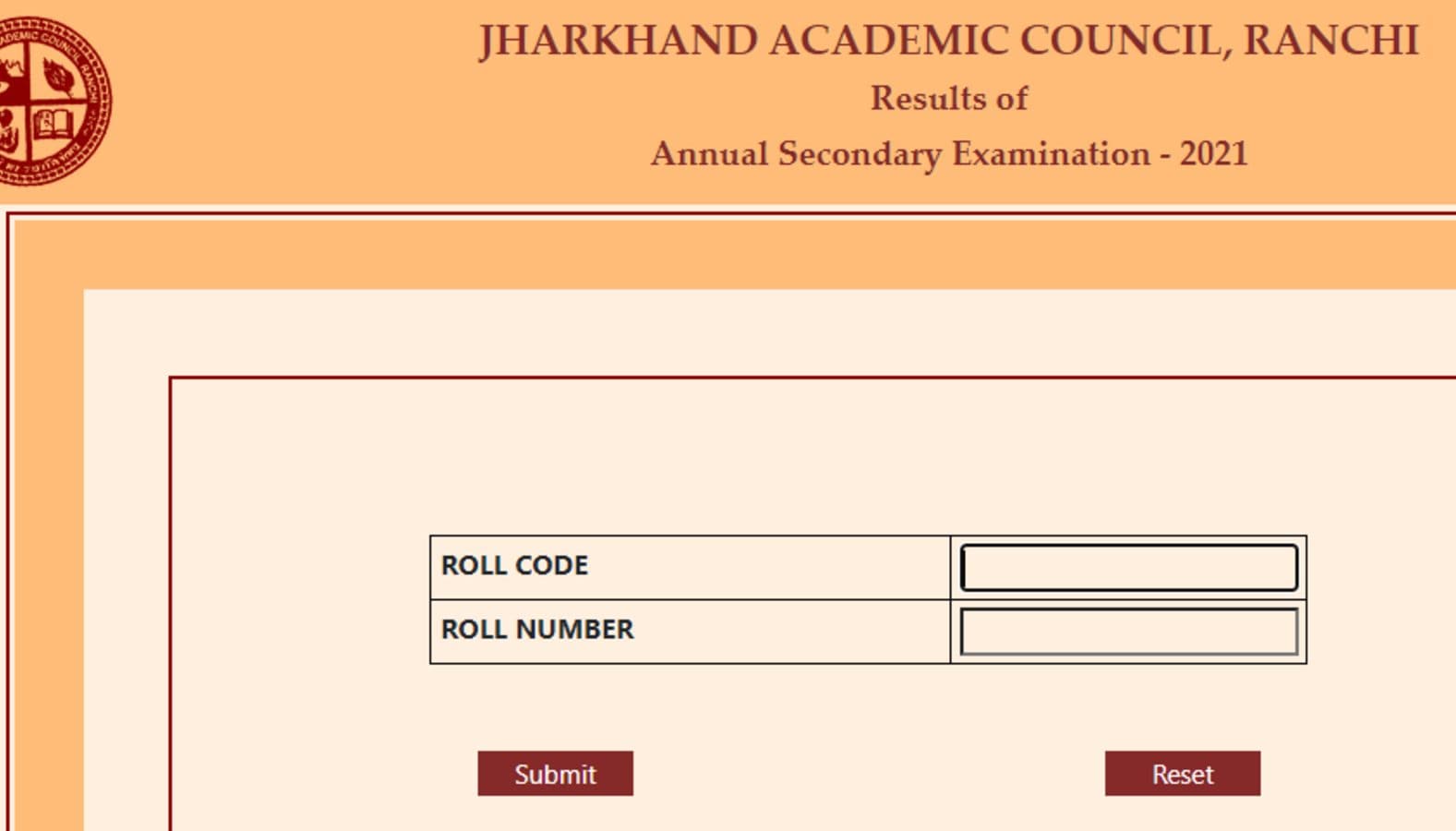These districts have been identified on the basis of various educational parameters including gross enrolment ratio (GER), college population ratio and average enrolment per college by an expert committee constituted by UGC.
In response to a question of Rama Devi and Harish Dwivedi, both members of parliament of the Bharatiya Janata Party (BJP) in Lok Sabha, department of higher education of ministry of education shared that there are 374 such districts in the country.
Of 24 educationally backward districts, Punjab has a maximum of 13 districts — Amritsar, Bathinda, Faridkot, Fatehgarh Sahib, Firozpur, Gurdaspur, Kapurthala, Mansa, Moga, Muktsar, Nawanshahr, Patiala, Sangrur — in the category followed by Haryana where as many as seven districts — Fatehabad, Gurgaon, Jind, Kaithal, Karnal, Panipat, Sirsa — have been declared educationally backwards. The count of such districts in Himachal Pradesh stands at four which include Chamba, Kinnaur, Lahul-Spiti and Sirmaur.
The ministry in its response claimed to have taken several initiatives to improve the quality of education with a special focus on EBDs including, the implementation of an integrated scheme for school education named Samagra Shiksha.
Besides that, other initiatives such as the national mission on foundational literacy and numeracy; and performance assessment, review, and analysis of knowledge for holistic development (PARAKH) etc are being implemented to improve the quality of school education. Model degree colleges have been sanctioned in 194 districts of which UGC had sanctioned 64 and 130 MDCs were sanctioned under the centrally sponsored scheme of Rashtriya Uchchatar Shiksha Abhiyan (RUSA).
Source link




